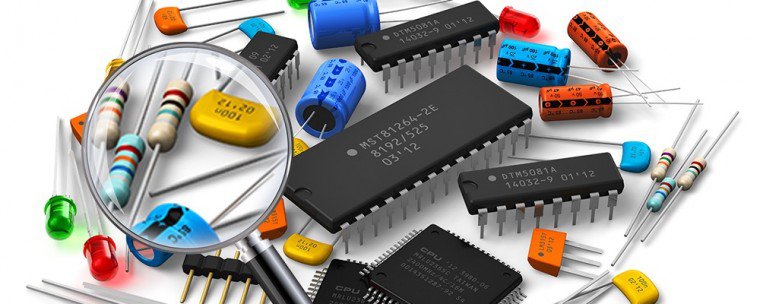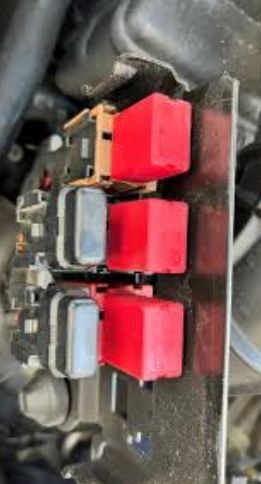Soldering is a fundamental skill in various industries, from plumbing to electronics, and it often raises a critical question: Can you solder copper without flux? While many experienced solderers may instinctively reach for flux as an indispensable tool, understanding the role of flux and the implications of soldering without it can enhance your soldering skills and broaden your knowledge of materials and techniques.
Understanding Soldering and Flux
Soldering is the process of joining two or more electronic components or metal pieces together by melting solder around the connection. Solder is typically a metal alloy, often composed of tin and lead or lead-free alternatives, that has a lower melting point than the metals being joined. The primary purpose of flux is to facilitate this process by cleaning the surfaces of the metals and preventing oxidation during heating.
Flux serves several critical functions:
- Oxidation Prevention: When copper is heated, it tends to oxidize, forming a layer of copper oxide that can impede the flow of solder. Flux helps to prevent this oxidation, ensuring a clean surface for solder to adhere to.
- Surface Cleaning: Flux acts as a cleaning agent, removing impurities and oxides from the metal surfaces. This is crucial for achieving a strong bond between the solder and the copper.
- Improved Wetting: Flux enhances the wetting properties of solder, allowing it to flow more easily into the joint and create a more reliable connection.
Soldering Copper Without Flux: The Possibilities
While flux is highly recommended for effective soldering, it is technically possible to solder copper without it. However, this approach comes with significant caveats and challenges.
- Surface Preparation
If you choose to solder without flux, meticulous surface preparation becomes paramount. The copper surfaces must be thoroughly cleaned to remove any oxidation or contaminants. This can be achieved through mechanical means, such as sanding or scraping, or by using chemical cleaners. However, even with thorough cleaning, the risk of oxidation remains high once the copper is heated.
- Temperature Control
Soldering without flux requires precise temperature control. If the copper is heated too quickly or to too high a temperature, it can oxidize before the solder has a chance to flow. This necessitates a careful approach, often requiring a more experienced hand to ensure that the solder adheres properly.
- Solder Selection
The choice of solder is also crucial when working without flux. Some solders are designed to be more forgiving in terms of oxidation, while others may require flux to perform effectively. Lead-free solders, for example, often have higher melting points and may not flow as well without the aid of flux.
The Risks of Soldering Without Flux
While it is possible to solder copper without flux, the risks involved often outweigh the benefits. The most significant risks include:
- Weak Joints: Without proper cleaning and oxidation prevention, the solder may not bond effectively to the copper, leading to weak joints that can fail under stress.
- Increased Difficulty: Soldering without flux can be a more challenging process, requiring advanced skills and techniques that may not be accessible to all solderers.
- Long-Term Reliability: Joints made without flux are more susceptible to corrosion and degradation over time, potentially leading to failures in critical applications.
Conclusion: The Best Practice
In conclusion, while it is technically feasible to solder copper without flux, it is not advisable for most applications. The benefits of using flux—such as improved joint strength, better wetting, and reduced oxidation—far outweigh the challenges of soldering without it. For those looking to achieve high-quality solder joints, investing in a good flux is essential.

